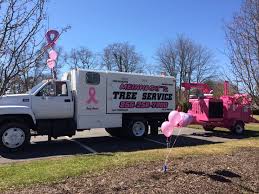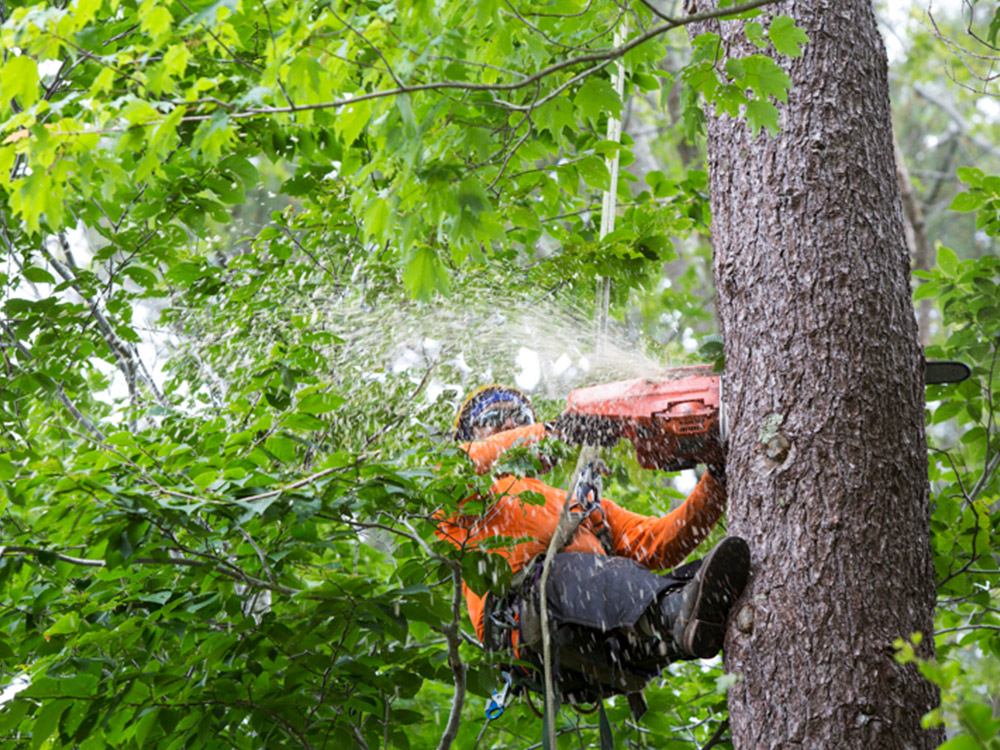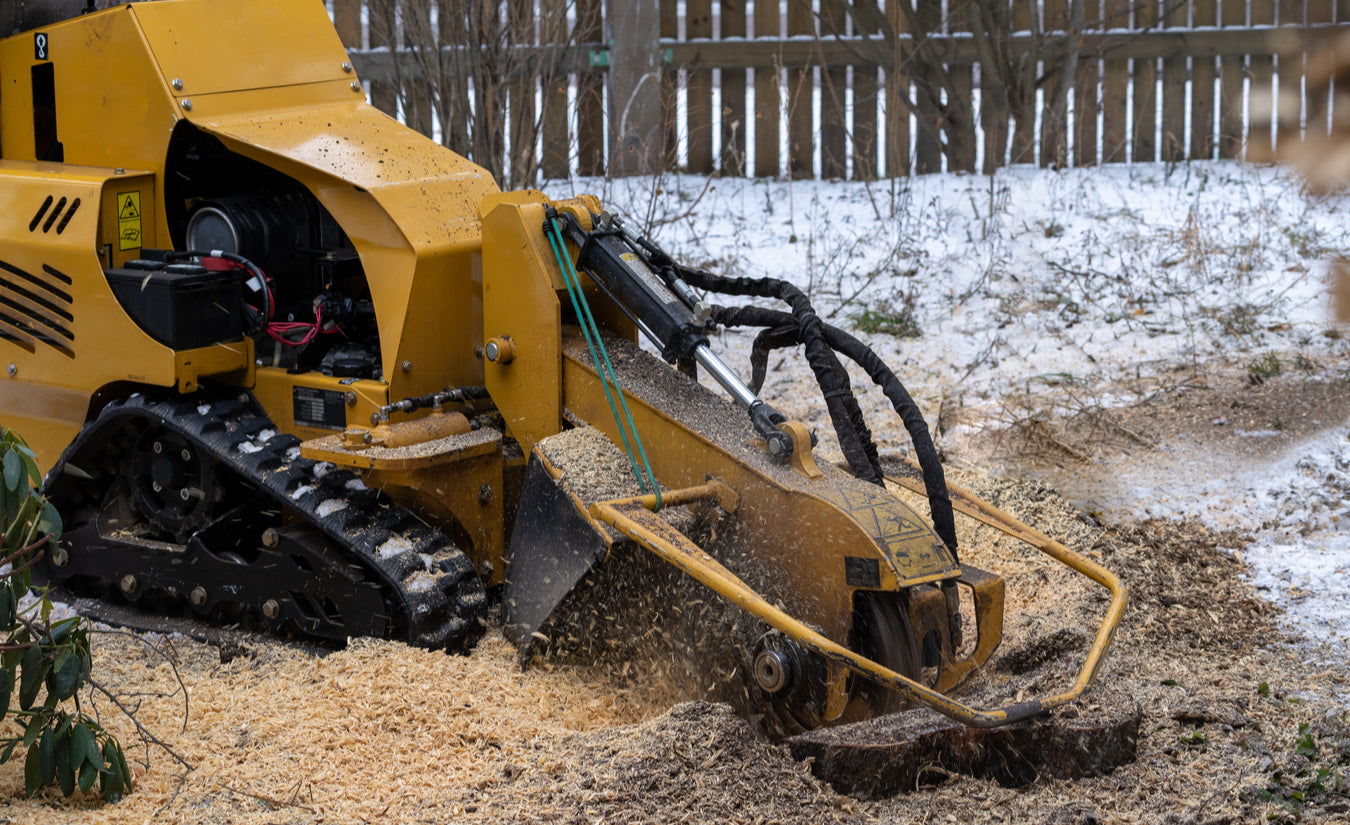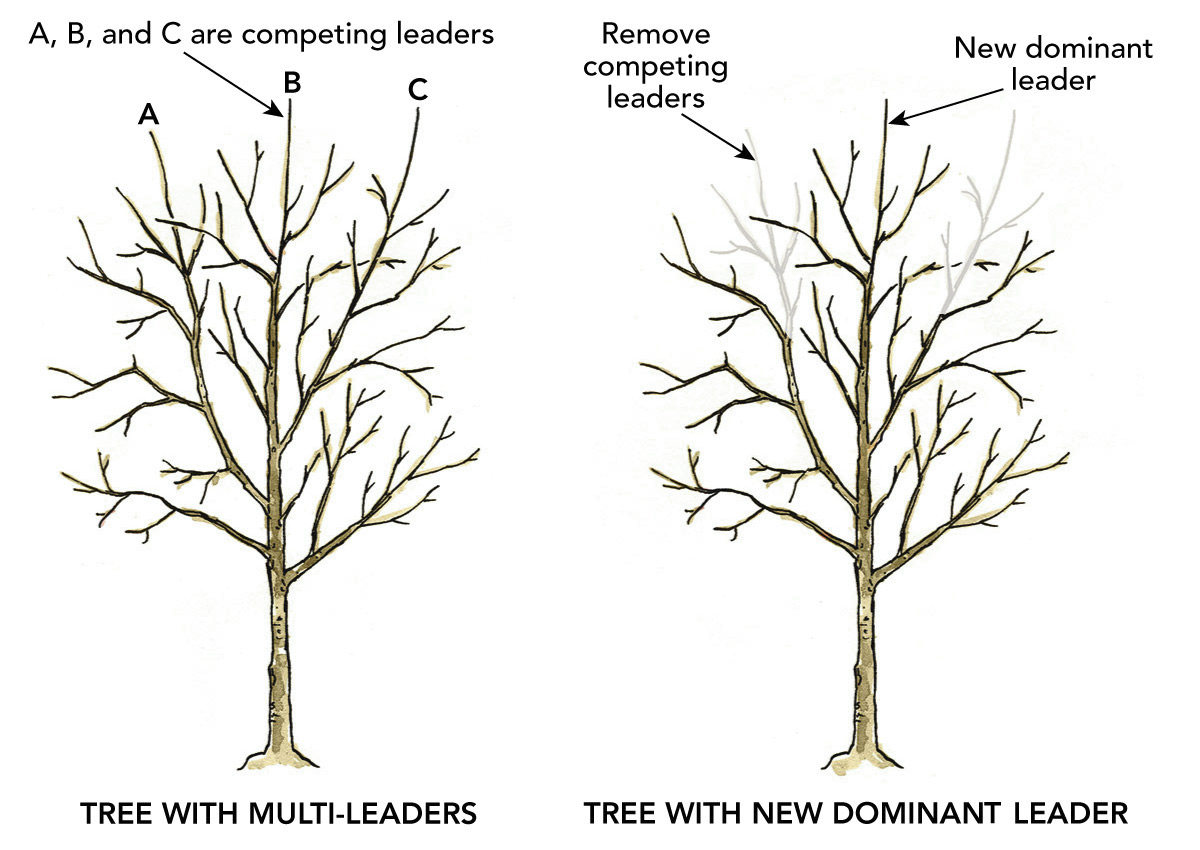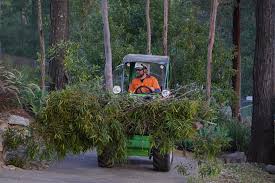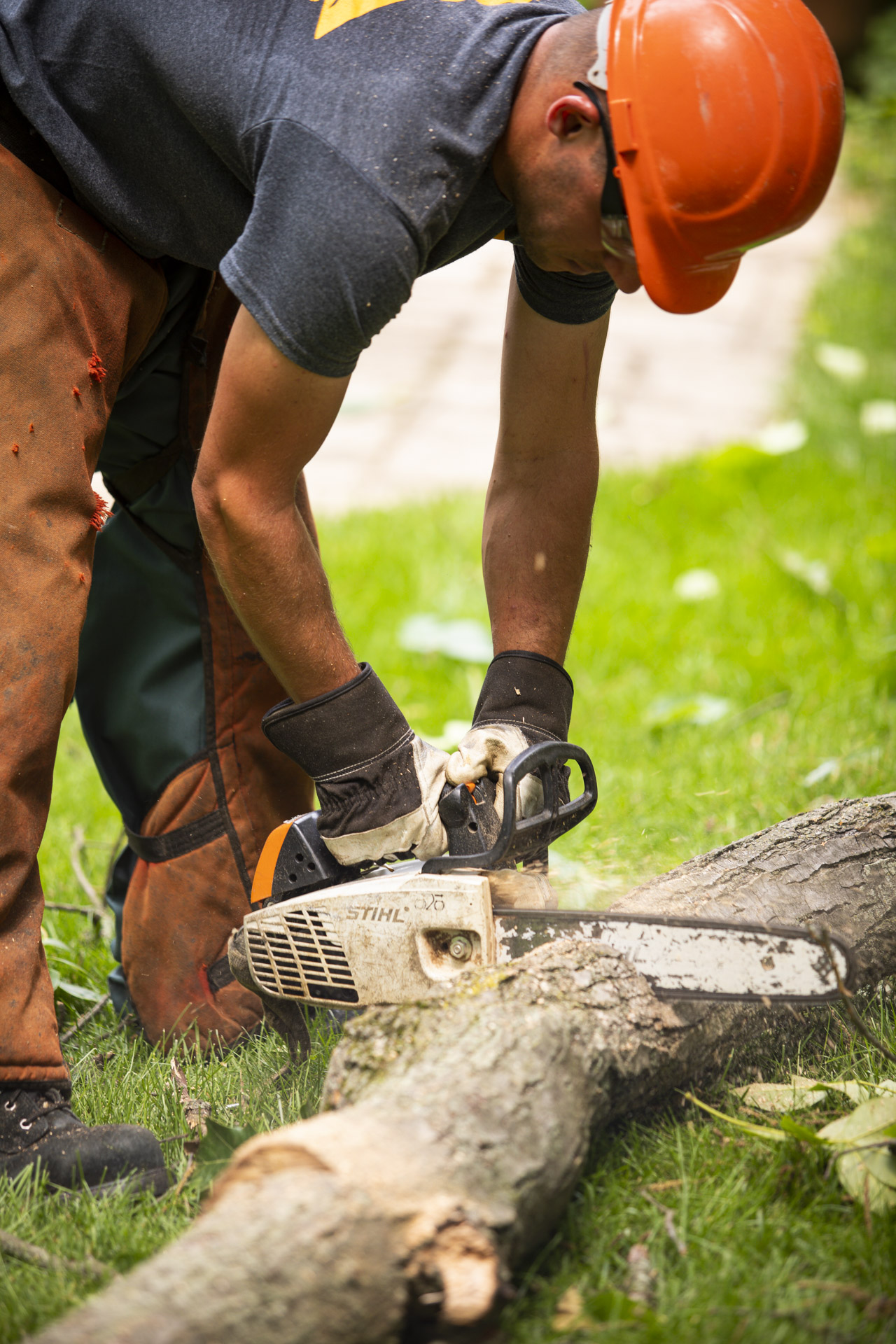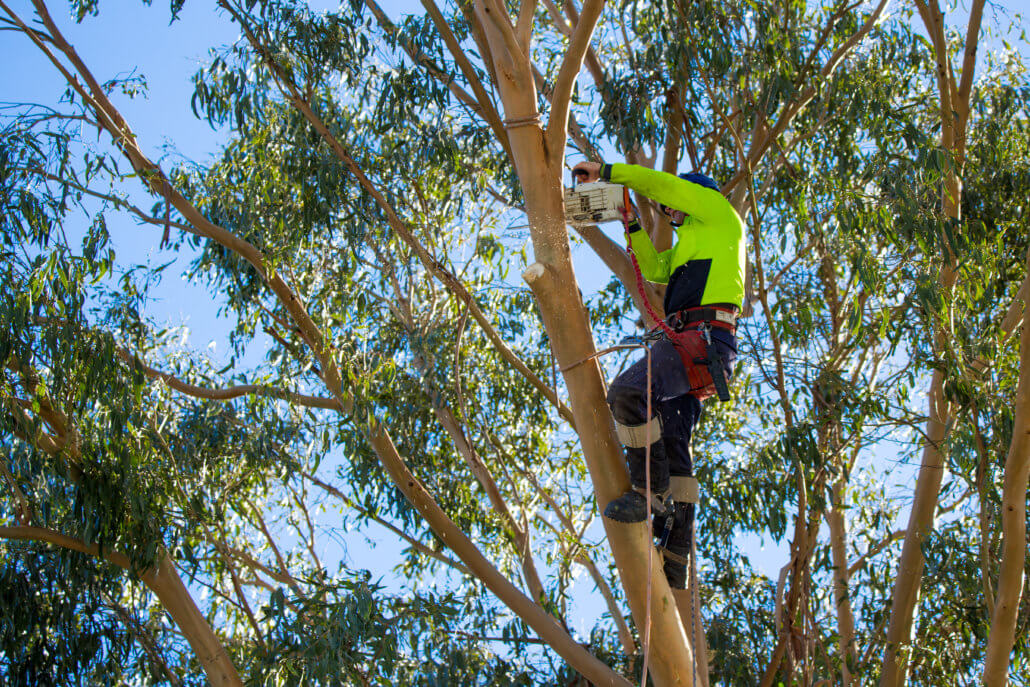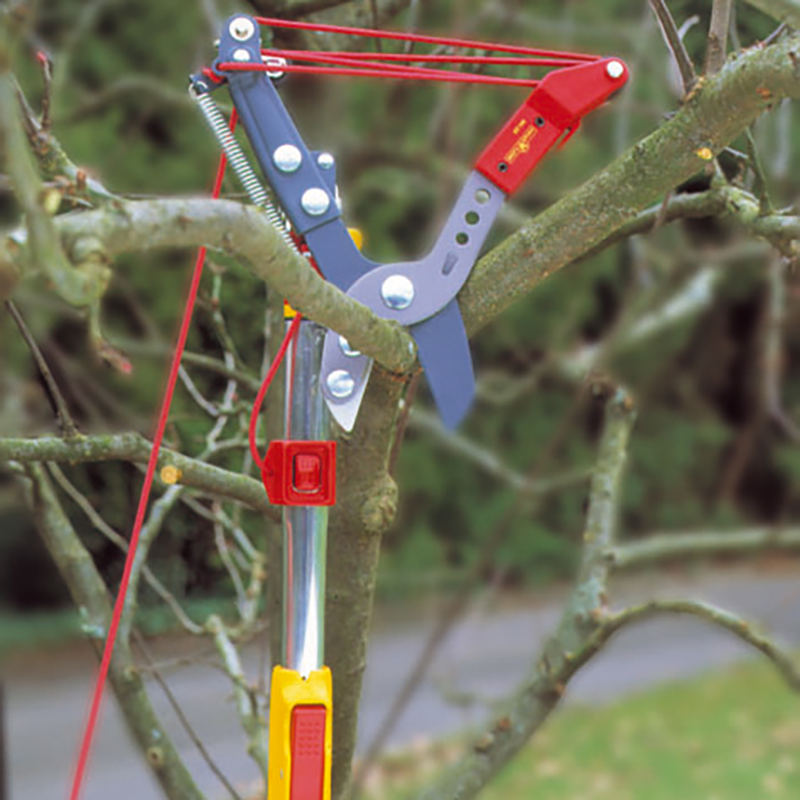[ad_1]
Tree Service is a field that focuses on the practice of arboriculture in the built environment. Tree care can be applied to trees in backyards, parks, greenways, and road verges. It is an important part of modern landscape design, and the industry employs skilled workers with specialized training. There are several factors to consider when choosing a tree service, including costs, experience, equipment, and permits.
Experience
When choosing a tree service company, you should ask how they handle complicated projects. This will help you determine whether or not they’re right for your property. For example, if they won’t even consider saving the tree you’ve asked them to remove, you should avoid them. In addition, if they won’t tell you how to save the tree, that’s a bad sign.
A good way to tell if a tree service company is reputable is to ask for quotes. You can get a number of quotes and compare them to find the best deal. However, beware of companies that offer you an unusually low quote.
Equipment
Tree service professionals utilize a wide variety of equipment to safely and efficiently complete their work. Using bucket trucks can allow for safe work at higher levels of a tree, while crane trucks are used to secure separate parts of a tree. These tools are essential for ensuring safety while working in hazardous areas. But how do these tools differ from one another?
Trees are extremely hazardous, and skilled professionals need the proper tools to safely and effectively remove them. A chainsaw is a staple of tree service equipment. Chainsaws are incredibly powerful, but you must use them carefully and wear appropriate protective equipment. A gas-powered chainsaw has many benefits over an electric chainsaw, including increased mobility. Gas-powered chainsaws also tend to be safer than electric ones, as they do not require extension cords, which can be a hassle.
Permits
When you plan to cut down a tree or remove it from a public or private property, it’s important to have the proper permits. If you do not have the proper permits, you will have to pay a heavy fine. You should contact the Planning and Development Department for assistance. You should also know that there are specific reasons for a tree removal.
Permits for tree work can be obtained by property owners, contractors, and utility services. Businesses and other entities are also required to apply for a permit. It is important to apply for a permit at least 20 days before the actual work begins. For example, if planting a tree in the spring, you must submit your application by May 1. For fall planting, you must wait until December 1 before you start work. However, you must keep in mind that these deadlines are weather-dependent.
Costs
Costs of tree service can vary greatly depending on the type of service you need. The type of tree and the size of the tree’s diameter play a big role in the cost. Also, trees near power lines, structures, or in hard-to-reach places may require extra care when removed. Some areas also require permits to remove a tree. These permits can take up to a week to get approved.
For example, a small tree removal will cost about $250, while a large tree removal will cost upwards of $2,500. The height of a tree will also determine the cost of removal. Typically, the higher the height, the higher the price.
Reputation
If you are considering hiring a tree service, you’ll want to look at the reputation of the company. Although the Better Business Bureau (BBB) is no longer as influential as it used to be, its accreditation is still a good sign of a trustworthy service. Make sure to check their ratings to see how well they handle complaints and how they respond to them. It’s also a good idea to check whether they are listed on review sites.
Another important aspect of a tree service’s reputation is its ability to convert leads into customers. The key to achieving this is to provide excellent customer service and build a strong reputation. A reputation can only be earned through customer experience.
[ad_2]

